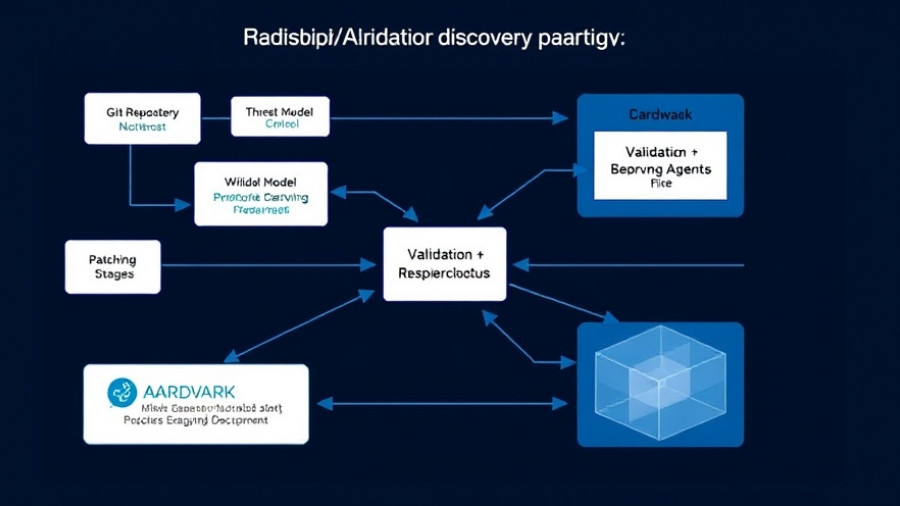
Understanding the Hurdles to Agentic AI Adoption
Nvidia's recent insights reveal a pressing challenge in the realm of agentic AI: the shortage of computing capacity. As companies eagerly tap into the transformative potential of AI agents, they find themselves constrained by the very infrastructure required to support these intelligent systems. Agentic AI aims to empower software agents with the ability to make decisions, reason, and adapt in real-time—much like a human would. However, without sufficient computational resources, this vision remains largely aspirational.
The Role of Nvidia in AI Innovation
Data center revenue for Nvidia surged by 56% year-over-year, amounting to an impressive $46 billion. This growth reflects a robust demand for AI as companies strive to leverage technologies that can streamline operations and drive innovation. However, even as Nvidia leads the market, the question persists: can the current infrastructure keep pace with the rapidly expanding needs of deep reasoning AI? The enthusiasm for AI is palpable, yet practical limitations underscore a dichotomy that could hinder advancements.
Diving Deeper: What is Agentic AI?
The concept of agentic AI encapsulates systems capable of exercising agency in decision-making. Unlike traditional AI, which often operates within strict parameters, agentic AI aspires to go further by mimicking human-like reasoning processes. The integration of deep reasoning capabilities means that these AI systems possess an evolving understanding based on complex data and user interactions. The goal is to create AI that can autonomously tackle challenges, providing tailored solutions without constant human oversight.
Future Predictions: Overcoming Infrastructure Challenges
Looking ahead, the expansion of agentic AI could redefine industries once technical limitations are addressed. Investments in deep reasoning AI and enhancing computational power could pave the way for AI agents that not only operate independently but also collaborate effectively with human users. As technology develops, there's a strong likelihood that innovative solutions—such as quantum computing and edge computing—will emerge to meet these growing demands, effectively reshaping the landscape of AI.
The Interplay Between Growth and Capacity
The rise of AI has prompted companies to seek out advanced computational capabilities. However, as Nvidia's success illustrates, demand often outstrips supply. This dynamic fosters a sense of urgency among tech firms and financial stakeholders alike. Firms need to champion infrastructure upgrades and bolster their computational frameworks if they envision a future dominated by agentic AI.
What This Means for Tech Enthusiasts
For technology aficionados, the ongoing developments in agentic AI signify more than just an exciting frontier; they represent a turning point in how we interact with machines. Understanding the constraints faced by this technology lends insight into the broader implications for society. As we cultivate an environment ripe for AI-driven innovation, there’s a palpable buzz of opportunity echoing throughout the tech industry.
As Nvidia and others continue to advance their capabilities and address infrastructure challenges, a new wave of intelligence is on the horizon. For enthusiasts and stakeholders insightful into these trends, the future holds immense promise.
To stay informed about the latest developments in agentic AI and other cutting-edge technologies, subscribe to our newsletter and become part of the conversation.
 Add Row
Add Row  Add
Add 




Write A Comment